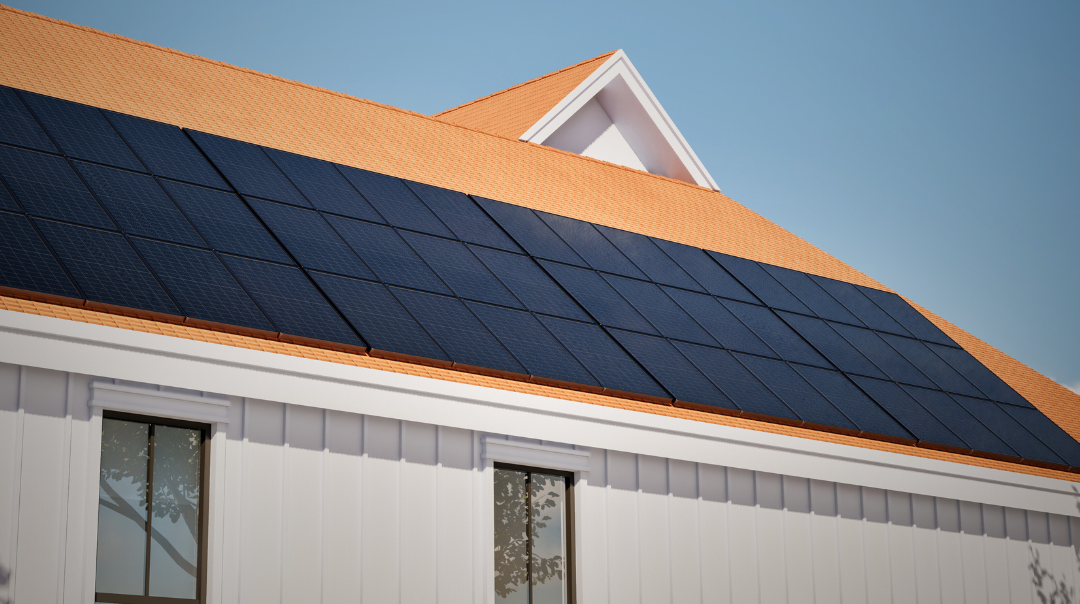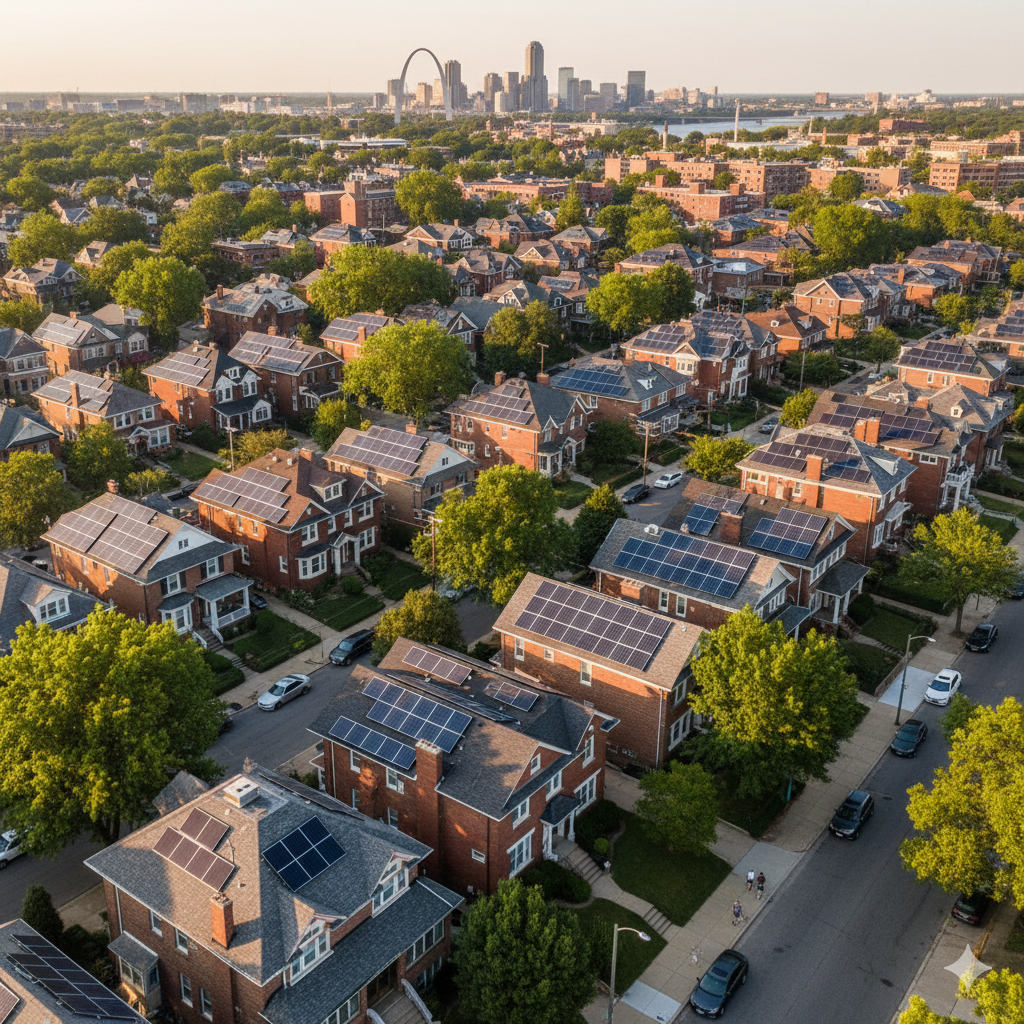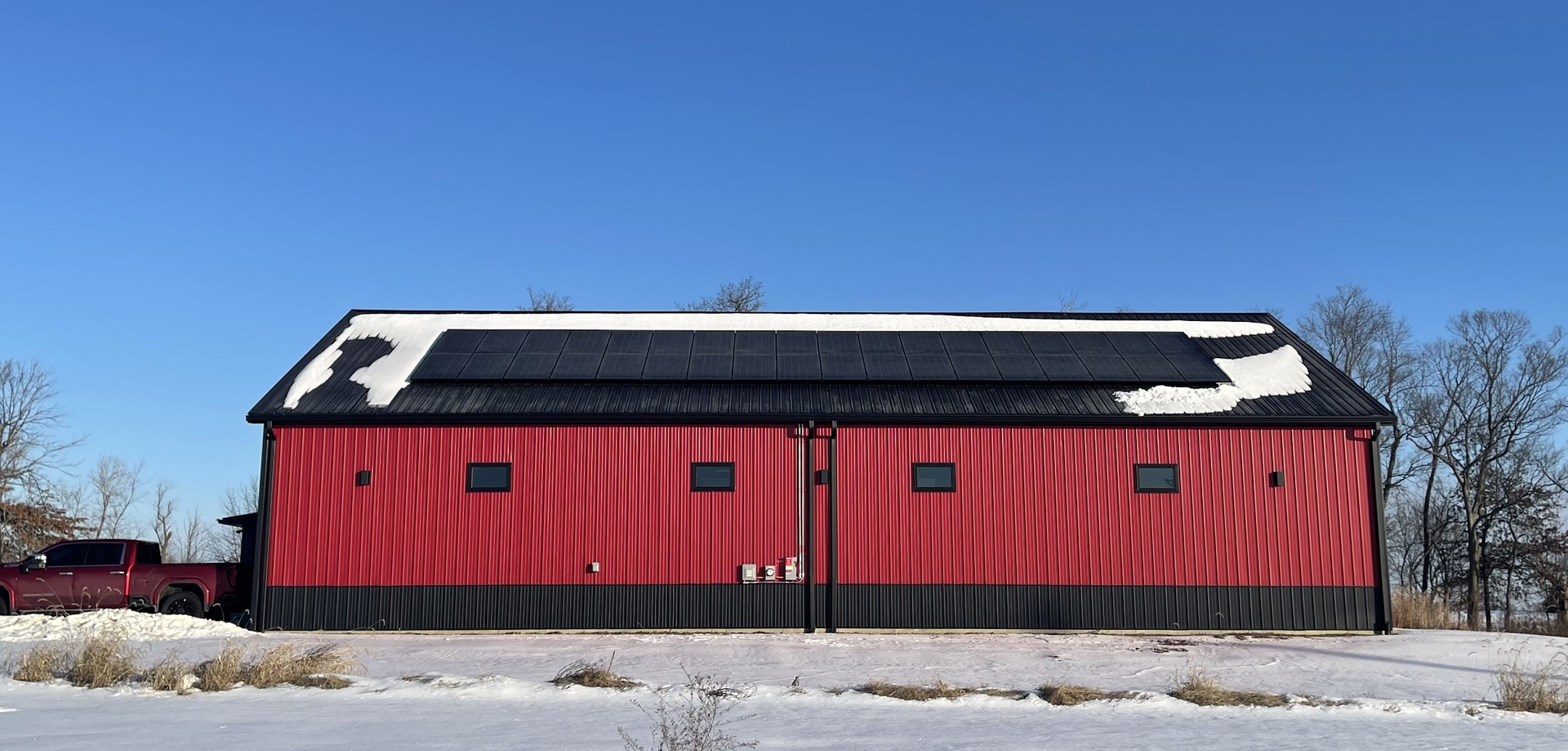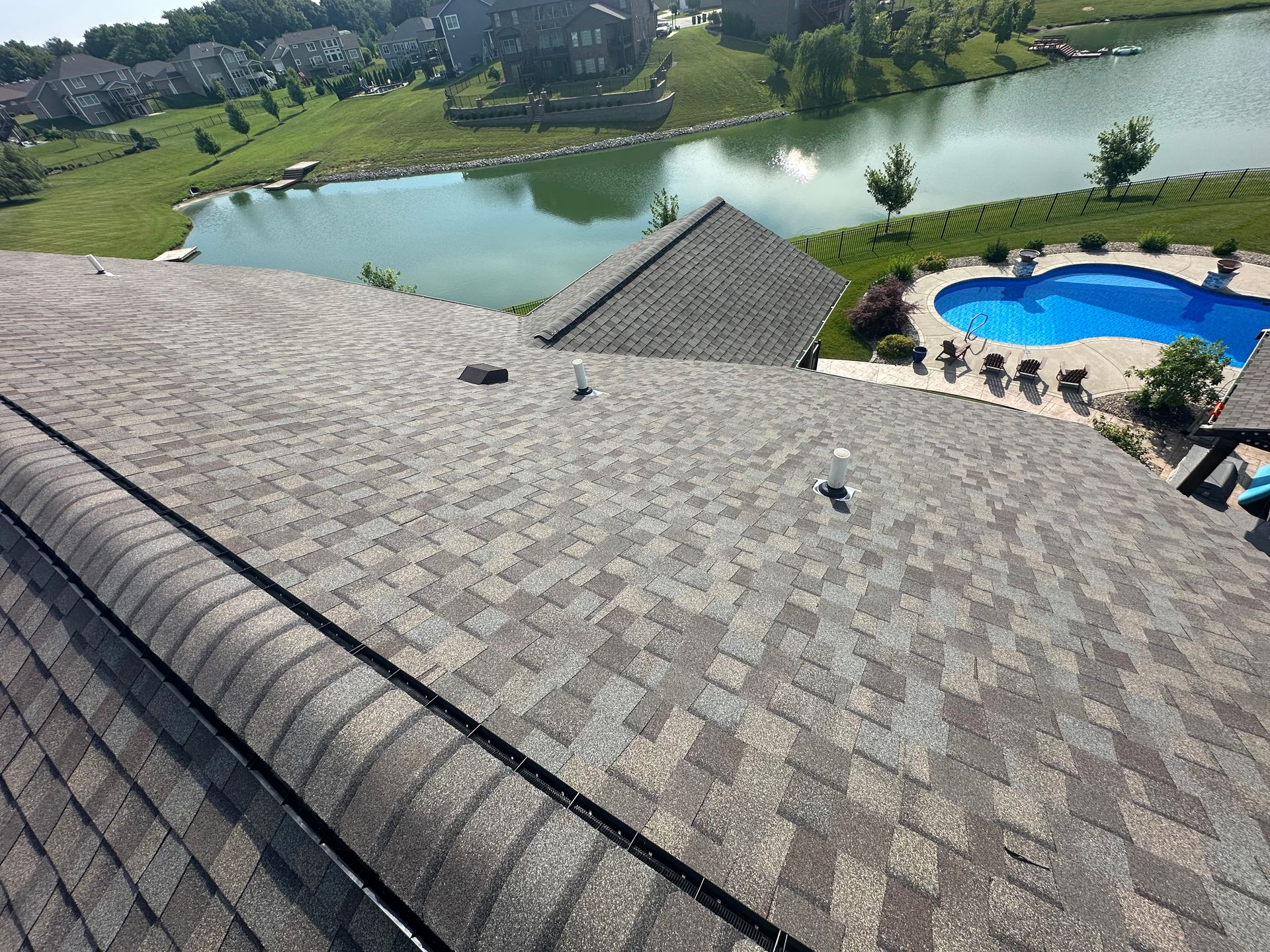From Earth to Orbit: How the Drive for Space Solar is Powering Your Home
When Boeing announced it was using 3D printing to create satellite solar arrays, it was more than just a headline; it was a glimpse into the future of solar technology. The aerospace giant is cutting production times in half and building stronger, lighter panels to power its spacecraft.
This kind of innovation might seem like it’s a world away from your home in the Midwest, but the truth is, the same relentless drive for efficiency and durability that propels us into space is at the core of every
solar panel installation
here on Earth. At
SunSent Solar, we're proud to bring this aerospace-level professionalism and high-tech approach to our customers every day.
The Great Divide: Space-Grade vs. Residential-Grade Solar
So, what’s the difference between the solar panels orbiting Earth and the ones on your roof? It all comes down to a matter of priorities.
- Space Solar: Prioritizes efficiency and weight above all else. Every gram and every percent of efficiency counts when you’re spending millions of dollars to launch a satellite. These panels use exotic, expensive materials like Gallium Arsenide to achieve efficiencies of up to 45%.
- Residential Solar: Prioritizes durability, cost-effectiveness, and long-term performance in real-world conditions. Your panels need to be a long-term investment, not a multi-million-dollar experiment.
While you won’t be getting 3D-printed Gallium Arsenide panels on your roof, you benefit from the same high-tech manufacturing processes that have trickled down from the aerospace industry, making today’s residential solar panels stronger and more efficient than ever before.
Built for the Storm: A Residential
solar panel installation
is Tougher Than You Think
A satellite panel has to survive the vacuum of space. Your
sunsent solar
panels have to survive a Midwestern thunderstorm. And they are more than up to the task. Modern solar panels are built with a focus on durability, undergoing rigorous testing to meet international standards.
- Hail: Panels are tested to withstand impacts from hailstones up to 1 inch in diameter traveling at speeds of up to 51 mph. Many high-quality panels are designed to handle even larger hail without cracking or losing power.
- Wind: With the right mounting system, a modern
solar panel installationis engineered to resist wind speeds up to 140 mph, a crucial feature for the Midwest’s tornado season. - Performance: A cool, crisp day in the Midwest can actually make your panels perform better than a scorching hot day in the desert. This is because all solar panels are rated at a standard temperature of 77°F, and a drop in temperature can actually boost their efficiency.
Innovation for the Home: How
Sunsent Solar
Brings Aerospace Principles to You
Boeing's drive for "faster deployment" and "reduced labor" is a principle we apply to every
sunsent solar
project. While we don't use robots to install panels, our process has been meticulously refined to ensure maximum efficiency, speed, and safety.
- Streamlined Process: We use advanced software to design your system and can often provide a quote remotely. Our expert crews follow a highly-refined process to install your system with precision.
- The Ultimate High-Tech Upgrade: A
solar panel installationis the ultimate high-tech addition to your home. It’s a sophisticated energy system that uses cutting-edge technology to convert light into electricity, store it in a battery, and monitor performance via a smartphone app.
The Clock is Ticking: Don’t Miss Your Window
The drive for innovation in the solar industry is happening at breakneck speed. From the depths of space to the roofs of our homes, the technology is getting better, more durable, and more affordable every day.
The federal
solar tax credit 2025
is an incredible opportunity that makes this technology more accessible than ever before. But this incentive won’t last forever. Now is the perfect time to get ahead of the curve and make a long-term, high-tech investment in your home's future.
Frequently Asked Questions (FAQ)
Q: Do you use the same high-tech tools as major aerospace companies?
A: We use many of the same principles and a lot of the same software. For example, we use advanced design software and can use drone technology to conduct precise, safe inspections of your
sunsent roofing
before any work begins.
Q: How do I know my
solar panel installation
will last?
A: We only install high-quality, durable panels that come with industry-leading warranties, typically 25 years or more. We are a trusted
solar installer in St. Louis
with a reputation for professional installation and reliable service.
Q: Can a
sunsent solar
system protect my roof from hail?
A: A
solar panel installation
acts as an additional shield, protecting the portion of your roof it covers from UV rays and hail, which can extend the life of the shingles underneath.
Don’t wait for the future to arrive. Let SunSent Solar install it on your home today.
Contact one of the top
solar companies near me
at
636.757.3083 to schedule a free, no-obligation assessment! Don't miss the
October 1st deadline to lock in your project for this year!










